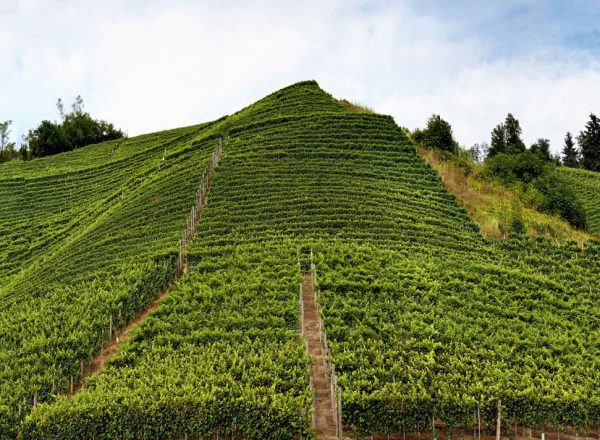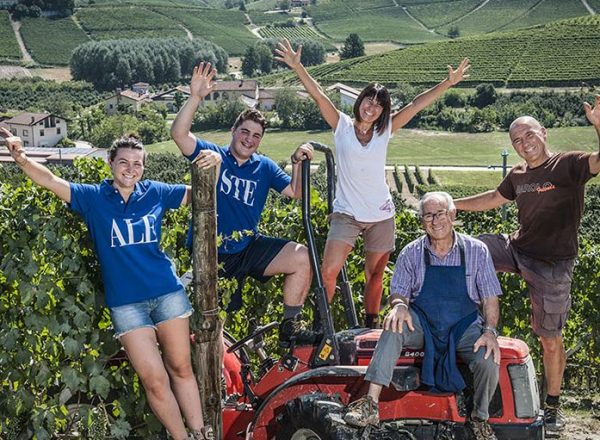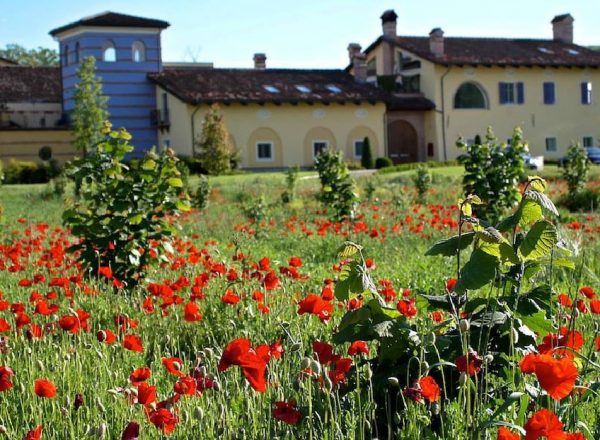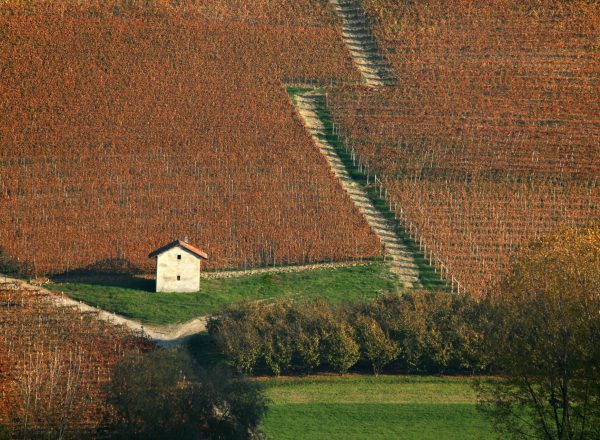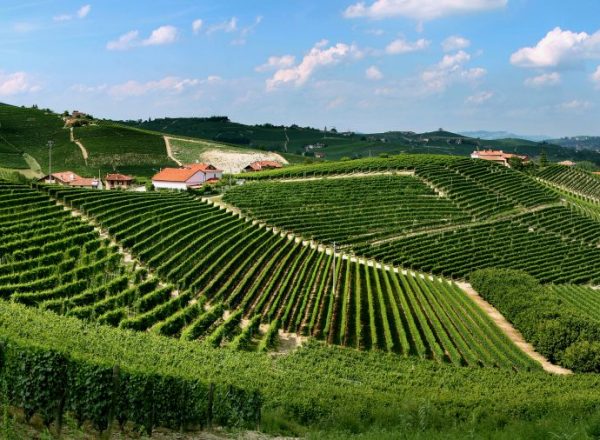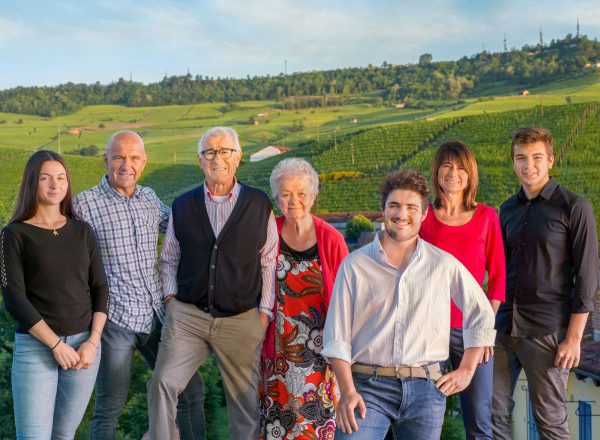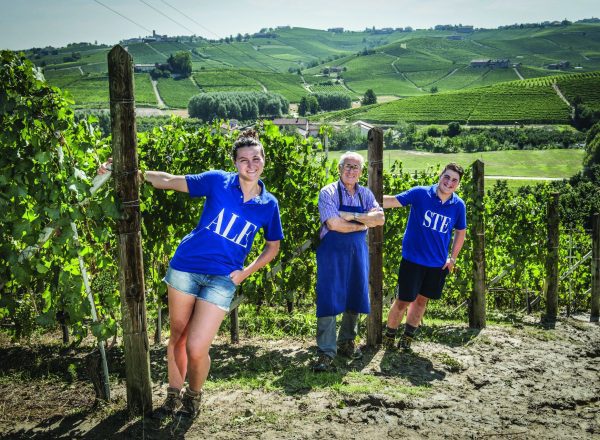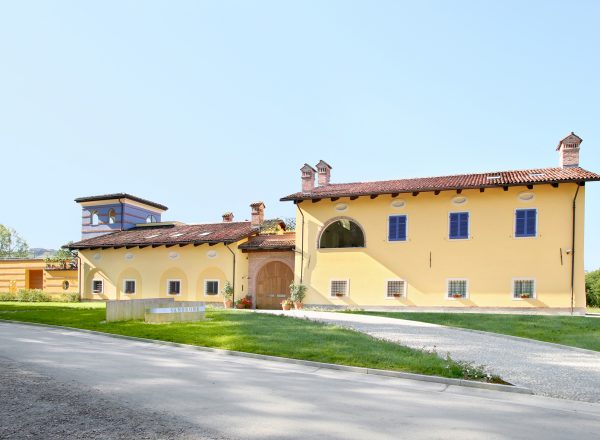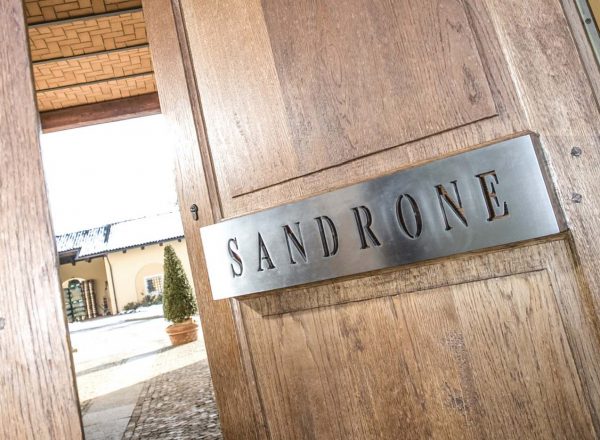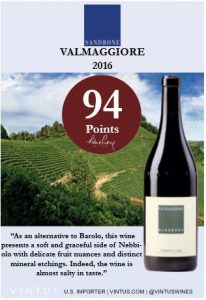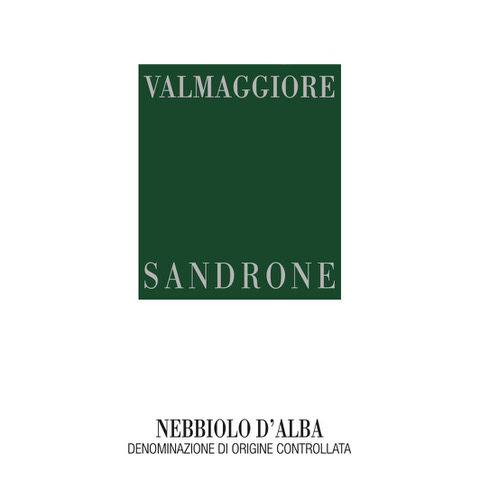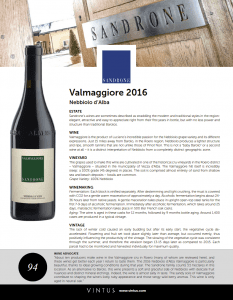
Sandrone
Valmaggiore 2016
Nebbiolo d'Alba
Valmaggiore is the product of Luciano’s incredible passion for the Nebbiolo grape variety and the desire to show just how its expression can vary depending on the soil in which it is cultivated. Just 15 miles away from Barolo, in the Roero region, Nebbiolo produces a lighter structure and ripe, smooth tannins that are not unlike those of Pinot Noir. The wine drinks well from about age 6 to 12 but will easily last longer in the best vintages. This is not a “baby Barolo” or a second wine at all – it is a distinct interpretation of a completely different geographic winemaking zone. The wine shows delicious floral elements and red fruits, wrapped around a medium-weight structure with a long, delicious finish and modulated, ripe tannins.
VINEYARD
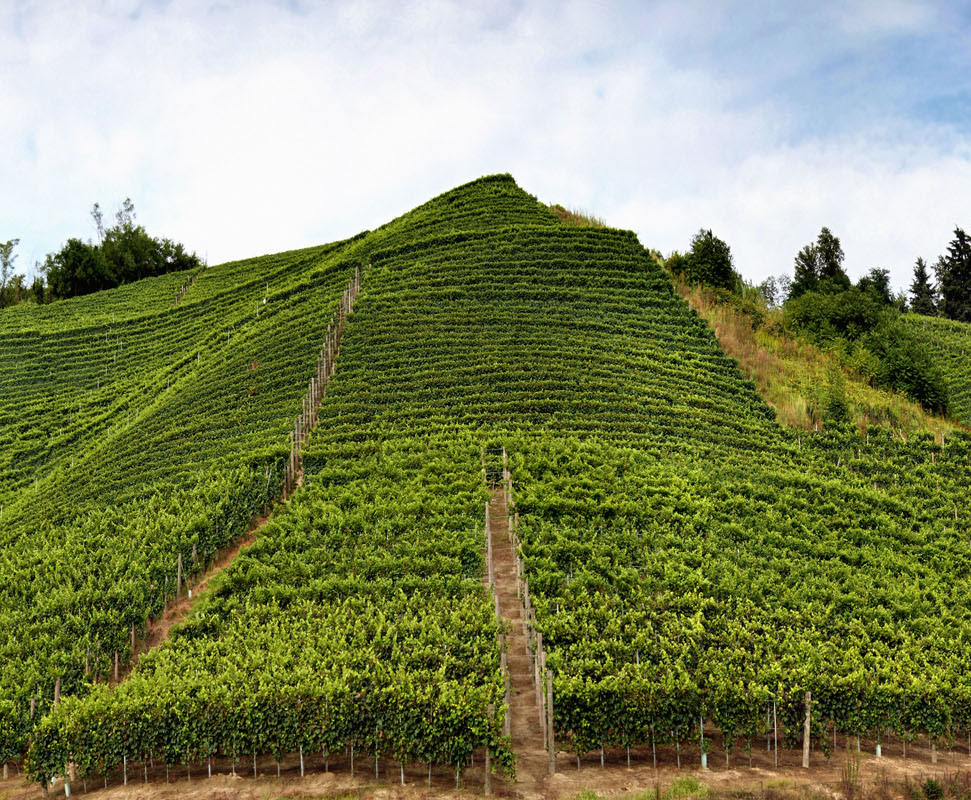
The grapes used to make this wine are cultivated in one of the historical cru vineyards in the Roero district – Valmaggiore – situated in the municipality of Vezza d’Alba. Valmaggiore is a project that took years to fully realize and is further evidence of the Sandrone winery’s complete commitment to the expression of great Nebbiolo-based wine. Sandrone’s Valmaggiore is a distinct site of exceptional terroir that was assembled over 8 years from almost 40 different previous owners. Luciano believed so passionately in the qualitative potential of this site that he was willing to wait years for parcels of this hill to become available. The last holdout sold in 1994, and at the end of that year the vineyard renovation and drainage projects (which had started years before) were completed. Now completely replanted and organized for maximum potential quality of fruit, the resulting wines show the unique terroir characteristics of one of the best Roero sites.
Roero is a different world from Barolo: it is a wilder and less developed place when compared to the orderly rows of vines that blanket the Barolo region. Deep forests hug the northern sides of the steep hills, and game runs wild, including foxes, boar and rabbit. The flat narrow valley floors are planted to fruits and vegetables. Typically the Valmaggiore is 3-9 degrees warmer than in Barolo, and spring arrives a week or two earlier.
The Valmaggiore hill itself is incredibly steep: a 100% grade (45 degrees) in places. The soil is comprised almost entirely of sand from shallow sea and beach deposits – fossils are common. There’s almost no organic matter in the soil and the vines have to grow deep down for nutrients. As the sandy site is so well drained, in dry years the vines may suffer.
The steepness of the site prohibits any mechanical work – everything must be done by hand. The single-lane road that winds up through the vineyard allows access for a tractor to the top, but work in the rows on the plants is entirely done by hand. At harvest, a specially designed “sled” which holds 10 picking crates at a time is winched up in the aisles between sections of the vineyard to haul up the just-picked grapes.
Plants are closely spaced for competition and to help hold the hillside up. A walk through the vineyard is an incredible experience. Because it is so steep, you can often see over the plants in the row below you, affording magnificent views of the vines and, on clear days, of the snowcapped Alps. The Sandrone Valmaggiore vineyard is a magical, special place and the wines that are made from these vines show all the uniqueness of the incredible terroir.
WINEMAKING
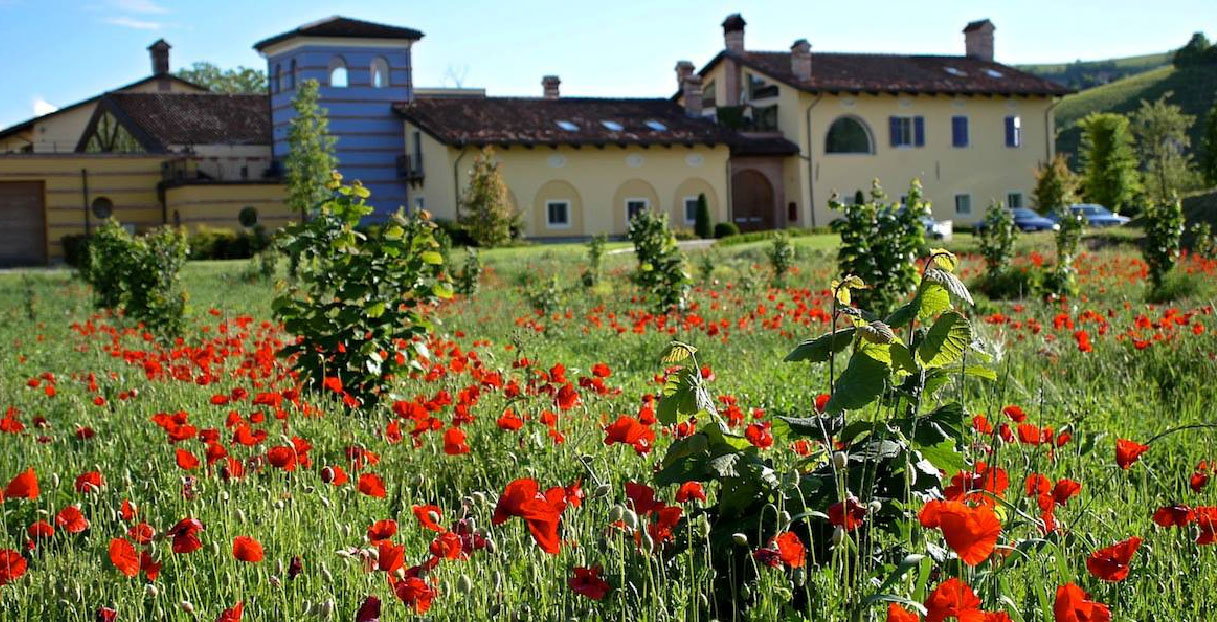
Each block is vinified separately. After destemming and light crushing, the must is covered with CO2 for a gentle warm maceration of approximately a day. Alcoholic fermentation begins about 24-36 hours later from native yeasts. A gentle maceration takes place in upright open-top steel tanks for the first 7-9 days of alcoholic fermentation. Immediately after alcoholic fermentation, which takes around 25 days, malolactic fermentation takes place in 500 liter French oak casks. The wine is aged in these casks for 12 months, followed by 9 months bottle aging. Around 1,400 cases are produced in a typical vintage.
VINTAGE
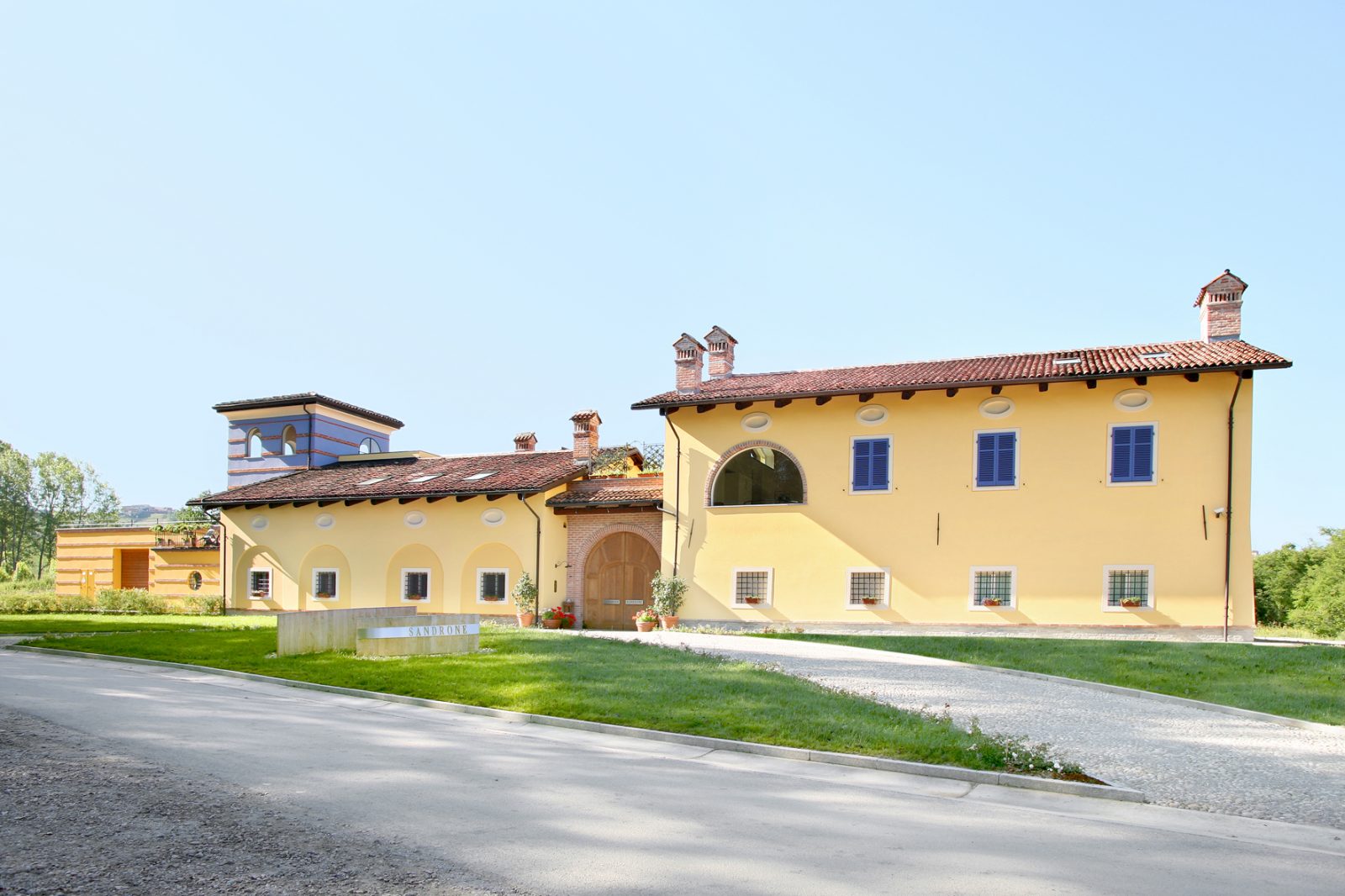
In 2016, the winter was mild and not snowy. The first weeks of the year were very dry. Precipitations, especially rainfall, came only in February. Spring was cool, especially April and May, with numerous rain showers. May is oftentimes like an early summer in the region. In Langa they call it “the May furnace”, but in 2016 it didn’t “fire up.”
The summer was a season of back-and-forth. The first heat came at the end of June, and from then on a constant back-and-forth between short periods of warmth (5 to 7 days) and sudden storms which brought cooler temperatures. At the end of August the rhythm changed. The last part of the month and all of September provided beautiful days. At a certain point, the typical autumn weather began, characterized by warm days and cool nights, with daytime temperatures often reaching 85 degrees Fahrenheit.
In the vineyards of the Langhe and Roero, the weather of 2016 influenced the vegetative cycles of the vine. The lack of winter cold caused an early budding but after its early start, the vegetative cycle decelerated. Flowering and fruit set took place slightly later than average, but occurred evenly, thus positively influencing the productivity of the vintage. The slowing of the vegetative cycle was consistent through the summer, and therefore the veraison began 13-15 days later as compared to 2015. This delay influenced the final phases of maturation and the picking times. Each parcel had to be monitored and harvested individually for maximum quality, contingent on its exposition and slope.
The harvest took place in the first 10 days of October.
TASTING NOTE

Nebbiolo d‘Alba Valmaggiore 2016 is a noble wine, exemplified by its natural elegance and complex character. The aromas are full and complex. Fragrant notes recall iris and aromatic herbs, then wild strawberry, pomegranate and candied raspberry. This is followed by evolved, complex fruit structure with red fruit jam and dried apricot, followed by spicy notes of cinnamon and vanilla. The taste is dry, elegant, warm and persistent. The alcoholic structure and acidity harmonize successfully and show finesse in their character. The wine will improve with proper cellaring, growing into its aristocratic heritage: complete, authoritative and harmonious.
Color
Red
Grape Varieties
Nebbiolo
Appellation
Nebbiolo d'Alba
Farming
Follows organic farming but has chosen not to seek certification. Minimal quantities of Bordeaux mixture and sulfur (as allowed per organic practices) are used to control mold and fungus, and fertilization every 4-6 years occurs with composted manure from dairy cows.
Alcohol
13.5%
Suggested Retail Price
$55.00
Reviews
"Firm and silky tannins"

James Suckling - November 12, 2019
"Beautiful aromas of plums with fresh flowers, follow through to a full body, firm and silky tannins and a flavorful finish. Just a hint of asphalt and tar at the end gives it interest on the palate."

Wine Advocate - January 23, 2019 “About ten producers make wine in the Valmaggiore cru in Roero (many of whom are reviewed here), and these wines get better each year I return to taste them. The 2016 Nebbiolo d’Alba Valmaggiore is particularly beautiful, thanks to ideal growing conditions during that year. The Sandrone family counts 3.5 hectares in this location. As an alternative to Barolo, this wine presents a soft and graceful side of Nebbiolo with delicate fruit nuances and distinct mineral etchings. Indeed, the wine is almost salty in taste. The sandy soils of Valmaggiore contribute to shaping the wine’s lively ruby appearance and those tangy wild berry aromas. This wine is only aged in neutral oak.”
Trade Materials
Other Wines by this Producer

Dolcetto d’Alba
Dolcetto d'Alba
Sandrone's Dolcetto d’Alba is produced using Dolcetto grapes from 11 different vineyards, all within the Barolo DOCG. Sandrone’s Dolcetto sees no time in wood and is a remarkably robust and complex example of the variety.
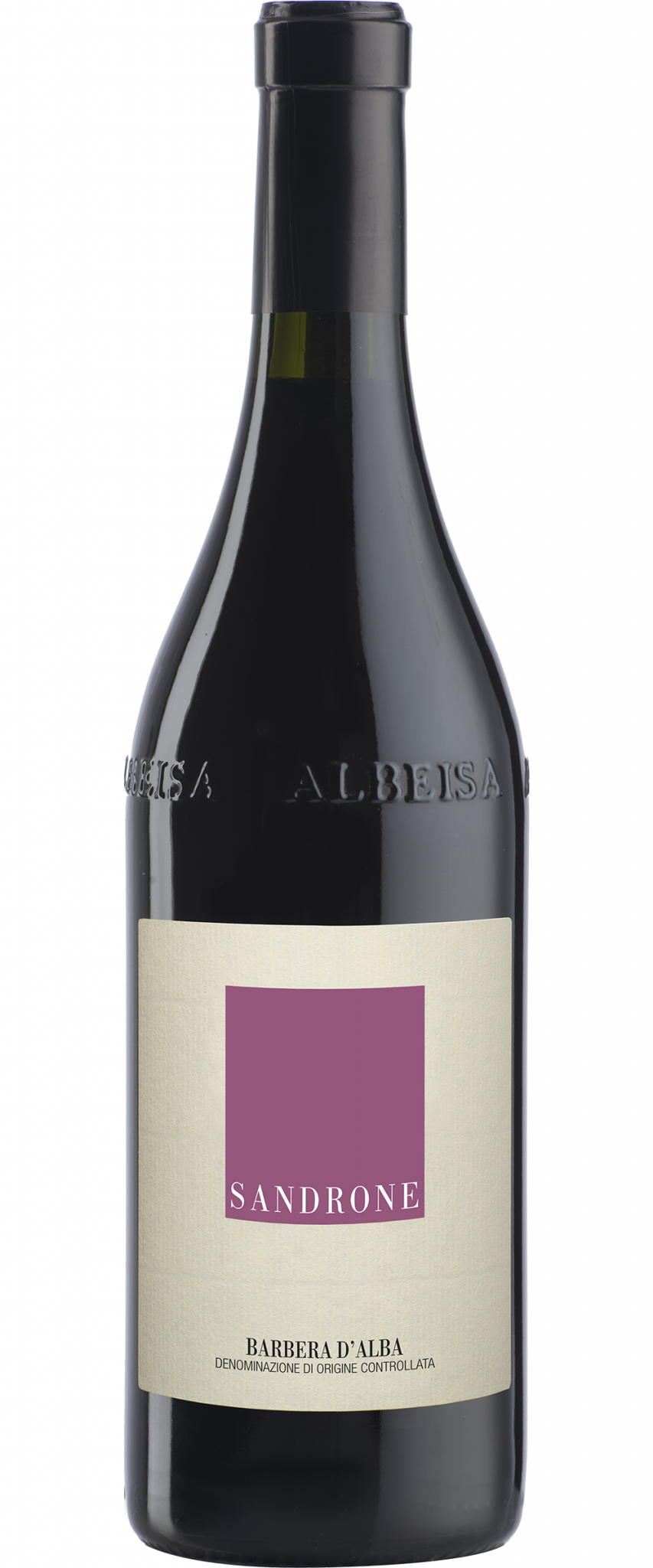
Barbera d’Alba
Barbera d'Alba
The Sandrone Barbera d'Alba comes from three vineyards: Merli and Rocche di San Nicola in Novello, and Cascina Pe Mol in Monforte d’Alba. It is widely considered one of the most intense and complex Barberas produced.
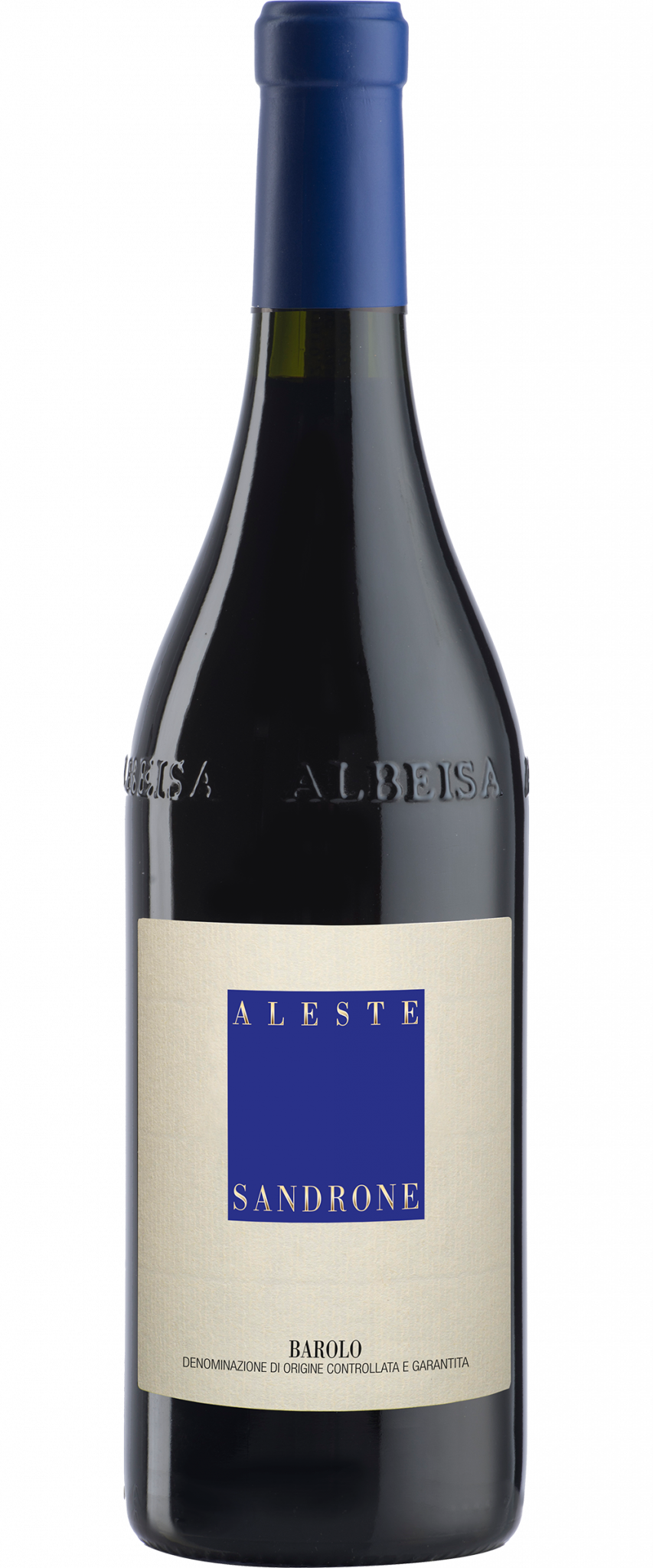
ALESTE Barolo
Barolo
A combination of the names of Luciano Sandrone's grandchildren ALEssia and STEfano, ALESTE is the new name for Luciano's first wine, the Barolo Cannubi Boschis, which garnered early acclaim with the international trade and press. This single-vineyard wine is typically dense and concentrated, but shows incredible harmony and balance.

Le Vigne Barolo
Barolo
Le Vigne is a wine created from four different Nebbiolo vineyards, each of which brings its own contribution. This union generates an exceptionally complex wine that is round and harmonious on the palate, with fruity and spicy notes, and this approach of blending together plots is in fact the traditional one in Barolo.
